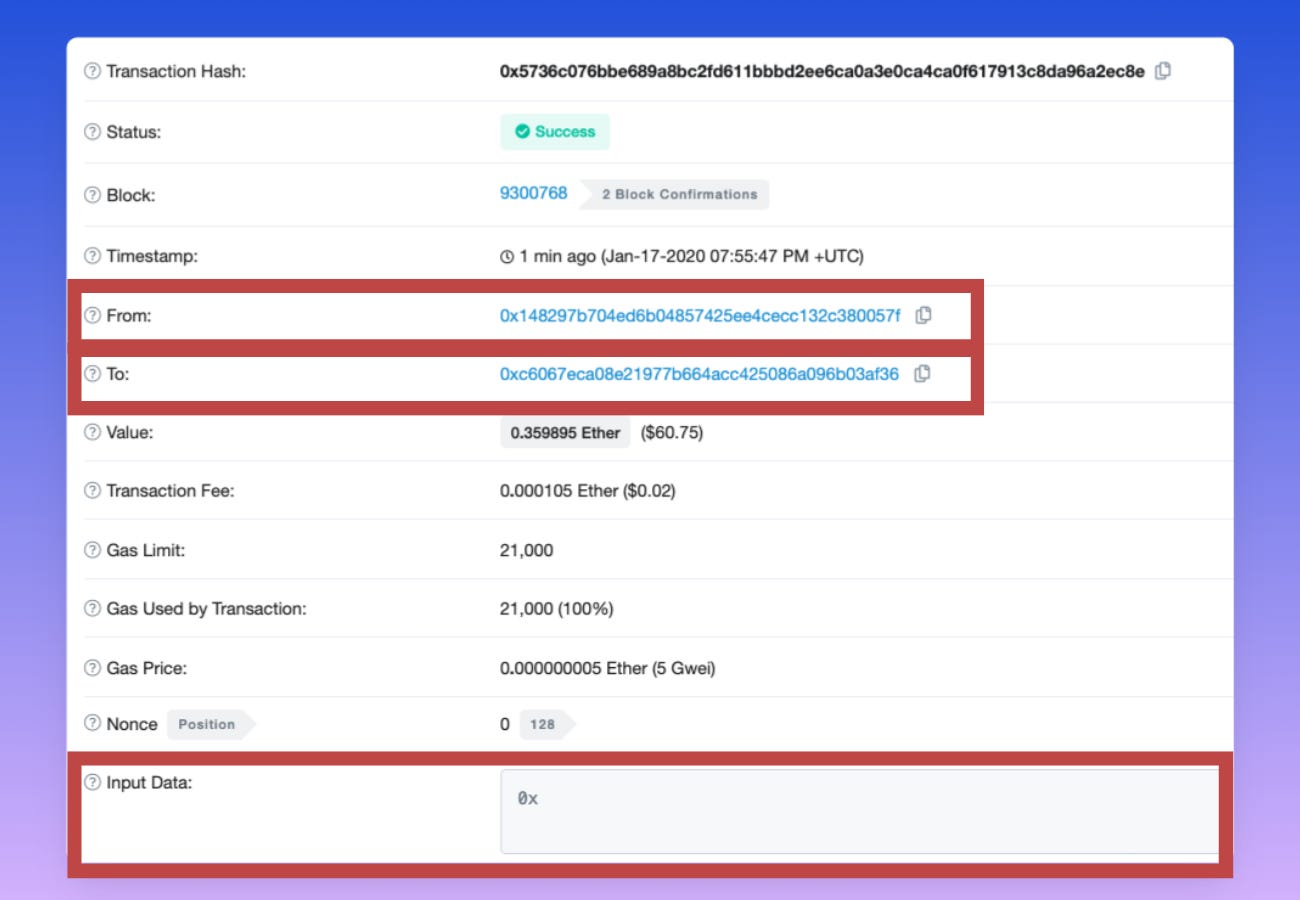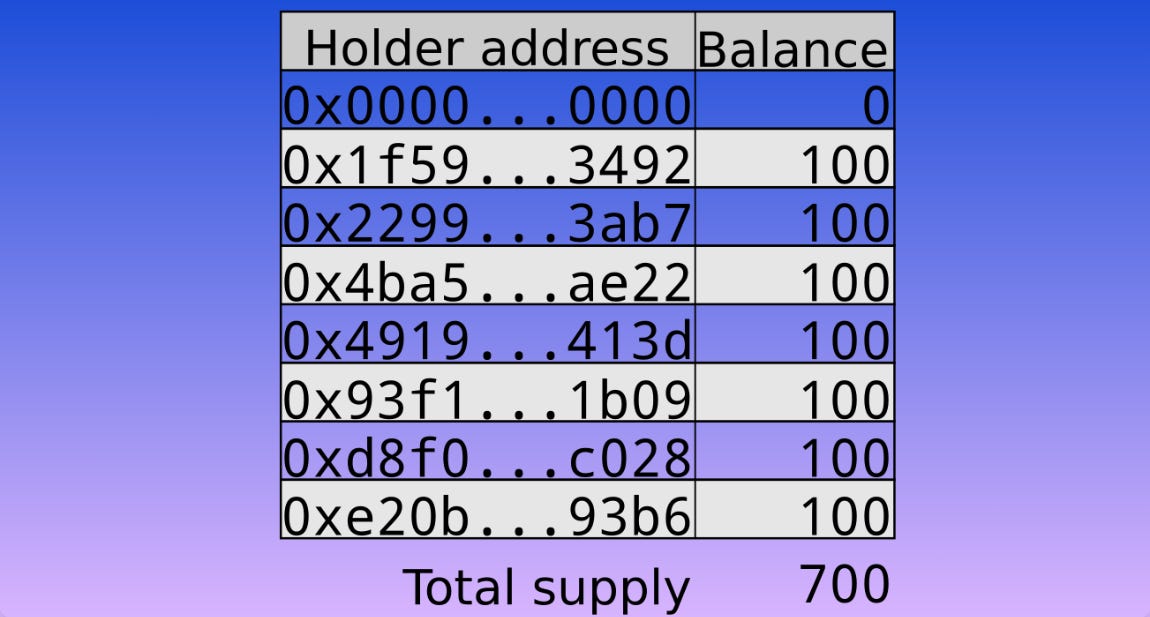Deciphering Ethereum Transactions Using Etherscan
Keep reading this thread for everything you need to know about deciphering transactions on Ethereum using Etherscan.
Getting started with Ethereum Transactions
Wanna do a bit of your own on-chain investigation after #FTX?
Keep reading this thread for everything you need to know about deciphering transactions on Ethereum using Etherscan.
Gas and Ethereum Transactions
Reading data from a blockchain is cost-free. However, writing (changing the data recorded on the blockchain) requires you to initiate a transaction.
To ensure users are accountable for the complexity of their transactions, gas measures the computational work and storage needed to execute it.
What are Ethereum Transactions?
These are cryptographically signed data messages with instructions facilitating the transfers of Ether from one account to another or interactions with smart contracts deployed on the blockchain. But first, what account types do we have?
Types of Ethereum Accounts
There are two types of accounts; Ethereum's Externally owned and contract accounts. These accounts can receive, hold, or even send ETH and other tokens.
They can further interact with smart contracts deployed on the blockchain.
Externally Owned Account (EOA)
This account type is derived from private keys. They generate transactions that invoke the ETH network to do some actions.
The outstanding aspect of EOAs is that they are cost-free to create.
Contract Account
Smart contracts are deployed on Ethereum’s network; they store and execute code. Creating a contract account comes with a cost because you are using Ethereum’s network storage.
They only initiate transactions in response to a received transaction.
Transferring from External Accounts to Contract Accounts
Executing transactions from an external to a contract account triggers code with several actions: including transferring tokens and creating a new contract.
Transferring Ether Between Two Externally Owned Accounts (EOA)
By transferring ETH, you instruct the Ethereum network to decrease the balance in Account 1 and increase Account 2 by an X value, as shown below.
Viewing transactions across two external accounts
Here is a sample transfer transaction on Etherscan. Check that you can locate several forms: from, to, and input data.
Transferring ERC20 Tokens
What role do token contracts play? Token contracts are smart contracts that map account addresses and balances. Here is an example:
When transferring tokens from one account to another, updates feature in both accounts as per the token contract.
A Sample Transaction
Here is a transfer of 10 tokens from 0x2299…3ab7 to 0x1f59…3492. As part of the transaction, one account address decreases its balance while the other increases.
What’s the difference between transferring ERC20 and Ether?
The significant line between transferring ERC20 tokens and Ether is; the transaction is addressed to the Token's contract address rather than the account we want to send the tokens.
What to expect when sending ERC-20 tokens from your wallet to another
While sending ERC-20 tokens from your wallet to another, stay keen to note that; In the '𝙏𝙤' section, you locate the contact address of the Token instead of the address of the receiving entity.
Subscribe to receive our weekly newsletter and in-house research content!
Please Share, Leave Feedback, and Follow Us on Twitter, Telegram, and LinkedIn to stay connected with us.











